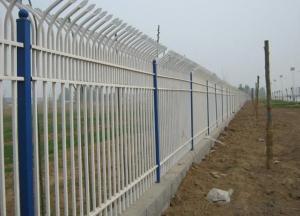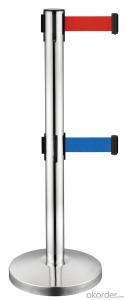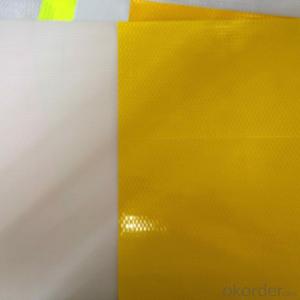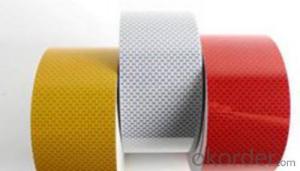All Categories
- - Steel Wire Rod
- - Steel Coils
- - Steel Profiles
- - Steel Pipes
- - Stainless Steel
- - Tinplate
- - Special Steel
- - Steel Sheets
- - Steel Rebars
- - Steel Strips
- - Hot Rolled Steel
- - Cold Rolled Steel
- - Pre-painted Steel
- - Seamless Steel Pipe
- - Welded Steel Pipe
- - Hollow Steel Tubes
- - Galvanized Pipe
- - Stainless Steel Coil
- - Stainless Steel Sheet
- - Stainless Steel Plate
- - Stainless Steel Strips
- - Electrolytic Tinplate Coil
- - Electrolytic Tinplate Sheet
- - Stainless Steel Rebars
- - Solar Panels
- - Solar Water Heater
- - Solar Related Products
- - Solar Inverter
- - Solar Cells
- - Solar Light
- - Solar Energy Systems
- - Solar Controllers
- - Solar Mounting System
- - Solar Pump
- - Solar Chargers
- - Fiberglass Chopped Strand
- - Fiberglass Mesh Cloth
- - Composite Pipes
- - FRP Pultrusion Profiles
- - Fiberglass Mat Tissue
- - Fiberglass Fabrics
- - Fiberglass Mesh
- - Composite Tank
- - Fiberglass Mesh tape
- - Polymer
- - FRP Roofing Panel
- - Fiberglass Roving
- - Monolithic Refractories
- - Ceramic Fiber Products
- - Refractory Bricks
- - Raw Materials For Refractory
- - Suspended Platform
- - Cranes
- - Concrete Machinery
- - Earthmoving Machinery
- - Building Hoist
- - Road Building Machinery
- - Plastic Pipe Fittings
- - Plastic Tubes
- - Plastic Sheets
- - Agricultural Plastic Products
- - Plastic Nets
 All Categories
All Categories
Q & A
How can we reduce the number of head-on collisions?
There are several measures that can be taken to reduce the number of head-on collisions. Firstly, implementing and enforcing strict traffic laws and regulations can greatly help in reducing these accidents. This includes measures like speed limit enforcement, ensuring proper lane discipline, and discouraging reckless driving behaviors.
Secondly, improving road infrastructure is crucial in minimizing head-on collisions. This can involve creating physical barriers or medians between opposing lanes, installing clear signage, and improving visibility through proper lighting and road markings.
Additionally, increasing public awareness and education about safe driving practices is essential. This can be done through campaigns, driver training programs, and emphasizing the importance of defensive driving techniques.
Lastly, advancing vehicle technology can contribute significantly to reducing head-on collisions. Features such as lane departure warning systems, automatic emergency braking, and adaptive cruise control can help intervene and prevent accidents caused by driver error.
Overall, a combination of strict enforcement, infrastructure improvements, education, and technology advancements can effectively reduce the number of head-on collisions and ensure safer roads for everyone.
What are the risks associated with driving at night?
Driving at night poses several risks due to reduced visibility and increased fatigue. One major risk is poor visibility, as the darkness makes it harder to see obstacles, pedestrians, or other vehicles. This increases the risk of accidents and collisions. Additionally, drivers may experience glare from headlights, impairing their vision temporarily. Nighttime driving also increases the likelihood of encountering intoxicated or drowsy drivers on the roads. Furthermore, fatigue tends to set in more easily during nighttime, leading to slower reaction times and impaired judgment. Overall, driving at night requires extra caution and awareness to mitigate these risks.
Are roundabouts safer than traditional intersections?
Yes, roundabouts are generally considered safer than traditional intersections. Studies have shown that roundabouts significantly reduce the number of severe accidents, as they eliminate the risk of head-on or high-speed right-angle collisions. The slower speeds, reduced conflict points, and one-way traffic flow of roundabouts also contribute to improved safety by promoting better visibility and giving drivers more time to react and make decisions.
Wholesale Roadway Safety from supplier in Madagascar
Whether you require traffic cones, road barriers, reflective materials, or any other Roadway Safety products, we have you covered. Our products are manufactured using high-quality materials and adhere to international safety standards, ensuring durability and reliability.
Furthermore, our professional consultation and technical support services are designed to assist you throughout the entire process. Whether you need assistance with product selection, installation, or maintenance, our team of experts is here to help. We understand the importance of safety on the roads and are committed to providing you with the highest level of service and support.
Our affiliation with CNBM allows us to leverage their global network and resources, enabling us to source and deliver products efficiently and at competitive prices. We have a strong supply chain management system in place, ensuring timely delivery of your orders, regardless of the size or complexity.
At our core, we prioritize customer satisfaction and strive to exceed your expectations. We believe in building long-term relationships with our customers and aim to be your trusted partner for all your Roadway Safety needs in Madagascar.
Contact us today to discuss your requirements and let us help you create safer roads in Madagascar.
Furthermore, our professional consultation and technical support services are designed to assist you throughout the entire process. Whether you need assistance with product selection, installation, or maintenance, our team of experts is here to help. We understand the importance of safety on the roads and are committed to providing you with the highest level of service and support.
Our affiliation with CNBM allows us to leverage their global network and resources, enabling us to source and deliver products efficiently and at competitive prices. We have a strong supply chain management system in place, ensuring timely delivery of your orders, regardless of the size or complexity.
At our core, we prioritize customer satisfaction and strive to exceed your expectations. We believe in building long-term relationships with our customers and aim to be your trusted partner for all your Roadway Safety needs in Madagascar.
Contact us today to discuss your requirements and let us help you create safer roads in Madagascar.











